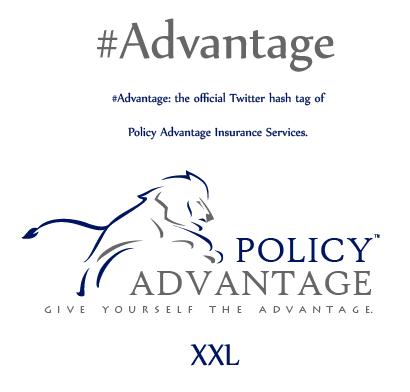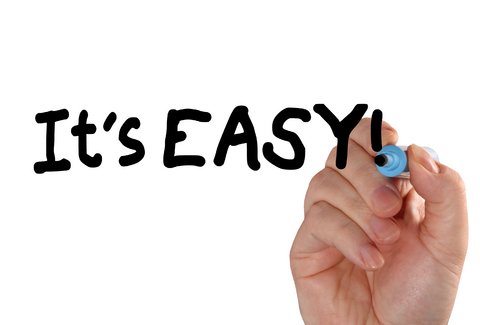#ADVANTAGE: Does Healthcare Reform Make Health Plans Cheaper? (4/24/2014)
We’ve recently created a blog segment called “#Advantage” where we’ll answer the questions that we get at Twitter. Our official Twitter hash-tag is #Advantage, and we’ll explain this in further detail in a future blog post. For now, you can find additional information at www.twitter.com/advantage (or @advantage).
Our 4/24/14 question was from “CA Medicare Assist” (@MedicareInCA) in Santa Rosa, California. The question was this:
Does healthcare reform make health plans cheaper? (see the official Tweet here)
“CA Medicare Assist” (@MedicareInCa) mentions that this is the #1 question they’re asked. And… it’s a good one. Check out the answer below the tag.

The answer is: In certain cases, yes it does. Healthcare reform can make health plans “cheaper” for certain policyholders. However, there are some additional important details that should be considered. Here are the questions that are raised:
- How are these health plans made cheaper? Plans are made cheaper via “Advanced Premium Tax Credits” at public health insurance exchanges like Covered California. APTCs are commonly known as the “subsidies” that you hear so much about. These subsidies are applied to individual health insurance premiums to make them more affordable.
- Who are these health plans made cheaper for? Health plans are made cheaper for individuals and families that fall between approximately 100% and 400% of FPL (or Federal Poverty Level). For individuals, this is about $11,000 to $45,000 per year in gross income.
- Are health plans made cheaper for everyone? Nope. In fact, for many of those who fall outside of 100% to 400% of FPL (or individuals making more than about $45,000 per year), health plans can actually get more expensive in a lot of cases.
- How are the subsidies that make these plans “cheaper” funded? These new subsidies are funded from a variety of different sources, mostly in the form of taxes. Here are a few of them: A) increasing the Medicare tax on high-income households, B) taxing high-cost medical plans, C) penalties for those who don’t get coverage, D) employers paying if they don’t provide coverage, E) new fees on the health industry, and certain others.
Thanks for stopping by at our “#Advantage” blog segment dedicated to questions from our followers and others. We hope you found our information to be valuable.
We’ll continue to roll-out answers as questions come in. Don’t forget to hash “#Advantage” at Twitter, and visit our official tag here: www.twitter.com/advantage.
Check back at our blog to get further information about funding healthcare. Also, please share with your friends, clients, colleagues, and family. Here are a few of our other information outlets:
Home Page: https://policyadvantage.com
Twitter: http://www.twitter.com/PolicyAdvantage
Facebook: http://www.facebook.com/PolicyAdvantage
YouTube: http://www.youtube.com/PolicyAdvantage
Pinterest: http://www.pinterest.com/PolicyAdvantage
Word Press: http://www.policyadvantage.wordpress.com

